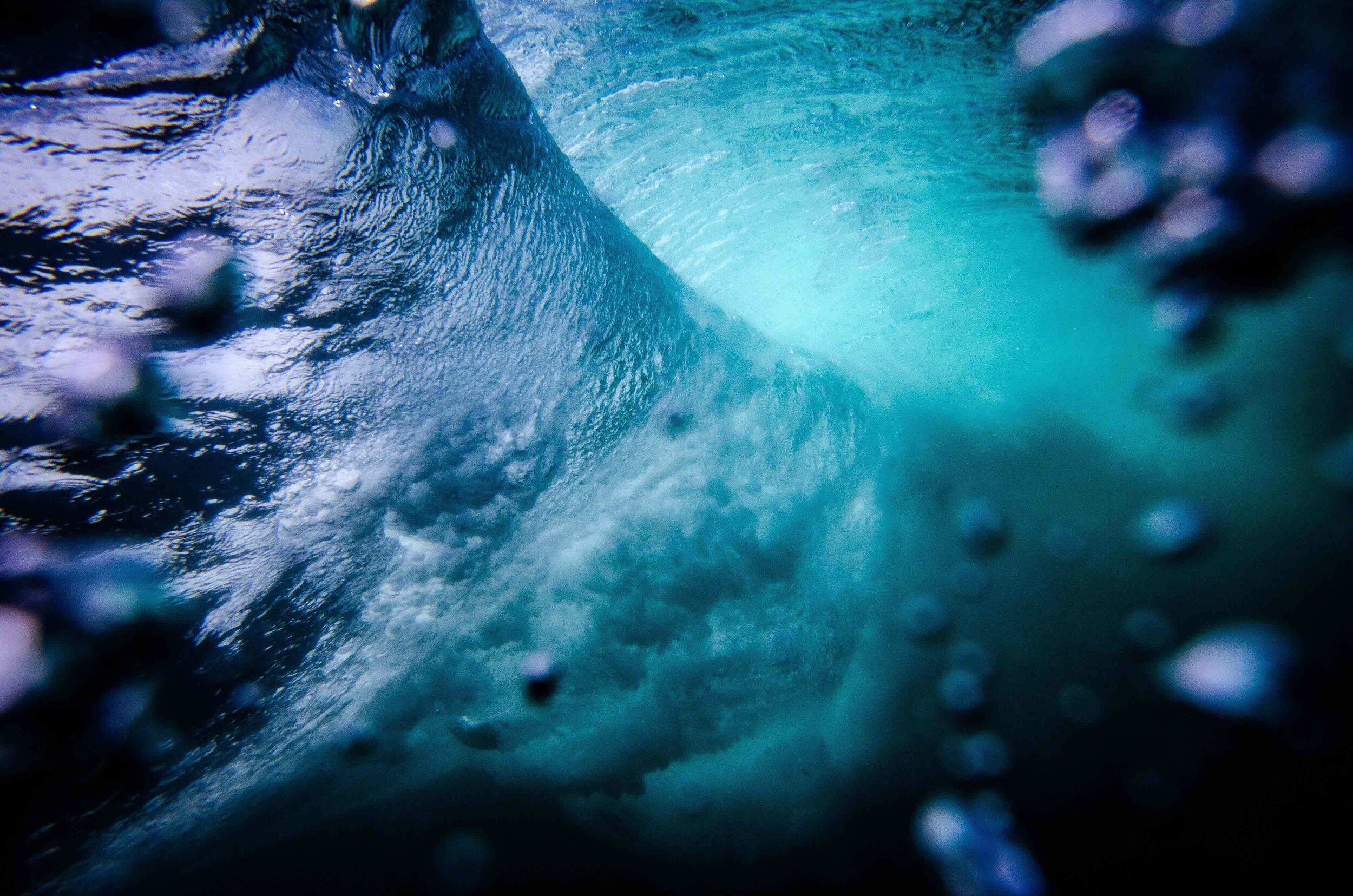
Sustainable Shipping.
We work with the International Maritime Organization legislators, government agencies, and other organizations to protect human health and the environment. by reducing shipping’s climate impact, improving air quality, preventing the spread of invasive species, and reducing marine noise.
Climate action.
Maritime shipping is by far the most carbon efficient means of transporting goods, emitting only a fraction of the CO2 per tonne kilometre of a truck, train or airplane. However, the sheer size of global trade means that the industry accounts for 2.1% of global CO2 emissions. Of that, liner shipping accounts for approximately 0.5%, while moving roughly 52% of maritime commerce by value.
Shipping must contribute to reducing greenhouse gas emissions in both the short and the long term, and global regulation through the IMO will play a key role. The IMO’s 2030 target, a 40% efficiency gain, can be met with efficiency improvements. The carbon reductions required by the IMO target of reducing total emissions from international shipping by at least 50% by 2050 compared to 2008, will only come from identifying and developing new zero-carbon technologies so that commercially viable zero carbon ships can begin to operate in the 2030’s.
Deep sea shipping is a recognised hard to abate sector, and to accelerate the technological progress needed WSC has spearheaded an industry proposal to establish an industry-financed, USD 5 billion research and development programme, to catalyse the transformation of the industry from dependence on fossil fuels to operating with zero-carbon energy sources. The R&D programme would be managed through an International Maritime Research and Development Board or IMRB. It is to be overseen by the IMO and financed through a required R&D contribution based on tonnes of CO2 emitted or tonnes of fuel consumed. Read more about the IMRB (link).
Reducing air emissions.
In addition to CO2, ocean going ships generate emissions of sulphur oxides (SOx), nitrogen oxides (NOx), and particulate matter (PM). Many actions have been undertaken in recent years to significantly reduce air emissions from ships, mostly through Annex VI of MARPOL, an international treaty developed through the IMO (link) that establishes legally binding international standards to regulate emissions and discharges generated by ships.
Together with our members, we lead the call for stringent international standards controlling air emissions from ships. Recent important developments where WSC has contributed include the IMO 2020 reduction of the cap on sulphur emissions from ships on the high seas from 3.5% to 0.5%, and the introduction of regional Emission Control Areas (ECA zones) limiting sulphur and NOx emissions from ships in specific geographic areas of the world. The decarbonization of the industry should also serve to reduce and eventually eliminate NOx, SOx, and PM emissions as the industry moves away from carbon fuels.
An ECA may be created to control sulphur (0.1%), NOx (Tier III engine requirement for new ships operating in the area, or both SOx and NOx. The geographic application does not have a uniform distance but is determined by those parties proposing the area and subject to approval under MARPOL.
Stopping invasive species.
An invasive species is an organism that causes ecological or economic harm in a new environment where it is not native. As shipping transports goods from one continent to another, protecting against the transfer of invasive species via ballast water or hull fouling is an important part of operations.
Hull fouling may transfer aquatic species, and it also creates drag which increases fuel consumption and hence emissions and cost for the carrier. For all these reasons, large commercial carriers invest in effective hull coatings, monitoring vessels closely to make sure they are cleaned or re-painted when needed.
The World Shipping Council has been actively involved in the development of IMO and national regulations for managing ballast water discharges and system approval criteria to ensure effective technologies for eliminating invasive species.
The cargo transported in the hold or in containers can also transfer invasive species. Winged insects such as the Asian Gypsy Moth and the Brown Marmorated Stinkbug are seasonal threats, and national regulations mandate treatment by shippers and inspection regimes to prevent their transfer. Being at the frontline of this issue, the industry is also very active, working with shippers, packers and freight forwarders in establishing and sharing best practice when it comes to prevention, inspection, cleaning and treatment of goods and containers.
The IMO/ILO/UNECE have issued a Code of Practice for Packing of Cargo Transport Units – better known as the CTU Code. In addition, the container industry (WSC, COA, ICHCA and IICL, with support from ICS and BIMCO) has developed joint industry guidelines for the cleaning of containers, to minimize the movement of pests by sea containers and their cargoes. Read more about the CTU Code here under Safety.
Protecting marine life.
To conserve and sustainably use the oceans, seas and marine resources for sustainable development is one of the Sustainable Development Goals established by the UN. An important target is to increase the amount of marine protected areas where activities are limited to protect the marine environment. At the international level, the International Maritime Organization has established Particularly Sensitive Sea Areas (PSSAs) and some national governments (such as Australia, the United Kingdom, the United States, and others) have national programs for establishing marine protected areas.
Marine mammals and cetaceans who travel far and spend considerable time at the surface are especially vulnerable to injury by vessel traffic. To help protect these species the International Maritime Organization has developed guidelines to help vessel operators avoid waters frequented by especially vulnerable species as well as other measures to avoid striking whales and other cetaceans.
Responsible recycling & waste management.
How international shipping handles waste and recycling is tightly regulated by the IMO, governed by Annex V of MARPOL policy of "zero tolerance of illegal discharges from ships" which also mandates ports to have adequate reception facilities for the sorted waste generated on board. The WSC is participating in efforts at the IMO to review current requirements and to strengthen the international rules governing the management of ship generated waste.
Ships themselves are durable, normally operating for 25-30 years, and at end of service their valuable steel, machinery and other materials is recycled. They usually also contain some hazardous materials such as oil or lubricants which must be safely taken care of. The recycling of vessels is governed by the Hong Kong International Convention for the Safe and Environmentally Sound Recycling of Ships, or if the vessel is flagged in Europe by the European Ship Recycling Regulation.
